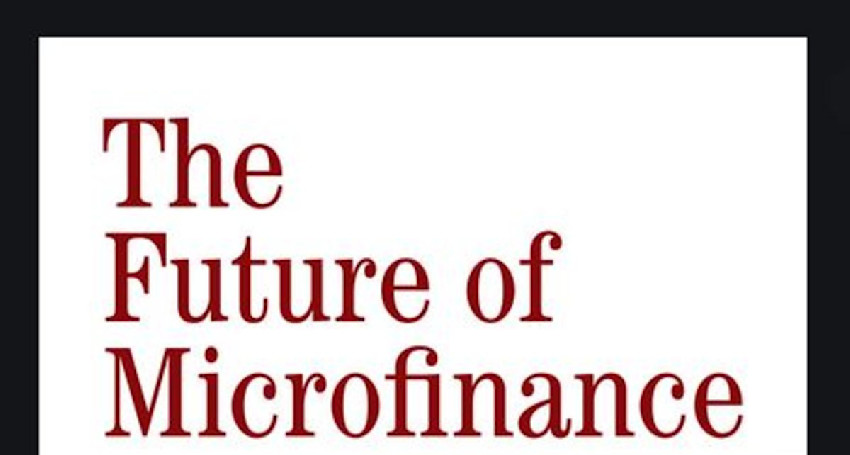
The Future of Microfinance: A panel discussion
October 01, 2020
Calvert Impact Capital hosted a webinar with former Board member Ira Liberman to celebrate the publication of his new book, The Future of Microfinance. Ira was joined by co-editor Paul DiLeo, Managing Director of Grassroots Capital Management, contributor Jennifer Isern, Calvert Impact Capital board member and Founder and CEO of Catalyze Global Impact LLC and Kathy Stearns, Calvert Impact Capital Board Member and Chair of the Investment Committee, who moderated the conversation.
The panelists discussed the evolution of microfinance over the past four decades from a niche service in a few countries to a massive industry that provides financing to some 200 million people globally, the majority of whom are in the developing world.
Although panelists agreed that the oft-repeated claim “microfinance ends poverty” is an overstatement, they were enthusiastic about the accomplishments of microfinance to date not only in providing loans but essential savings tools and other products that have enhanced wellbeing for hundreds of millions of people. Panelists also noted that microfinance has shown the impact investing industry the importance of building sustainable institutions and that it has created strong infrastructure for financial inclusion to build upon.
As microfinance has grown, it has shifted from an industry primarily managed by philanthropic and NGO actors, to one that is more commercial. Paul DiLeo argued that that even as many of the development-oriented investors are taking smaller proportions of deals, they bear a significant and proportionate responsibility for preserving the intention of what microfinance was initially created to do, serve the poor and the excluded.
Jennifer Isern discussed the India’s microfinance industry, noting the country was a relative late comer to the microfinance game, but has been a great role model for the industry with strong regulation, a dynamic private sector, embrace of technology and more. India has “every possible type of microfinance institution” said Jennifer, noting that India’s size and diversity makes their accomplishments all the more impressive.
The challenges of measuring impact in microfinance were discussed, with Ira Lieberman noting the relatively short windows of many microfinance studies and the challenge of doing comprehensive studies that, by their nature, are very invasive for poor clients. However, he emphasized that despite the flaws, there is evidence that microfinance results in strong generational impacts, ex. allowing children to attend school for the first time.
Paul commented that microfinance should not be held to a unique standard on the question of impact measurement, noting that although microfinance studies don’t provide definitive answers, it doesn’t mean the sector should be abandoned. Making an apt comparison to studies in other sectors like nutrition he noted “scientists are still trying to decide if butter is good for you – we still eat butter!”
Looking ahead, panelists spoke about the tremendous challenge that COVID-19 presents to the industry, in particular the potential for the crisis to increase the digital divide dramatically. Ira emphasized that one of the biggest opportunities for the microfinance industry is in the United States, commenting on how different the COVID crisis would have been in the U.S. with a more robust system to reach small and micro-enterprises. “This is a great opportunity that I think is being missed right now and could make a tremendous difference, especially as the covid crisis has decimated small businesses in the U.S.”
For more insight into this critical industry – where it came from, how it’s developed, the key challenges and opportunities facing it in the future, check out the book The Future of Microfinance.




